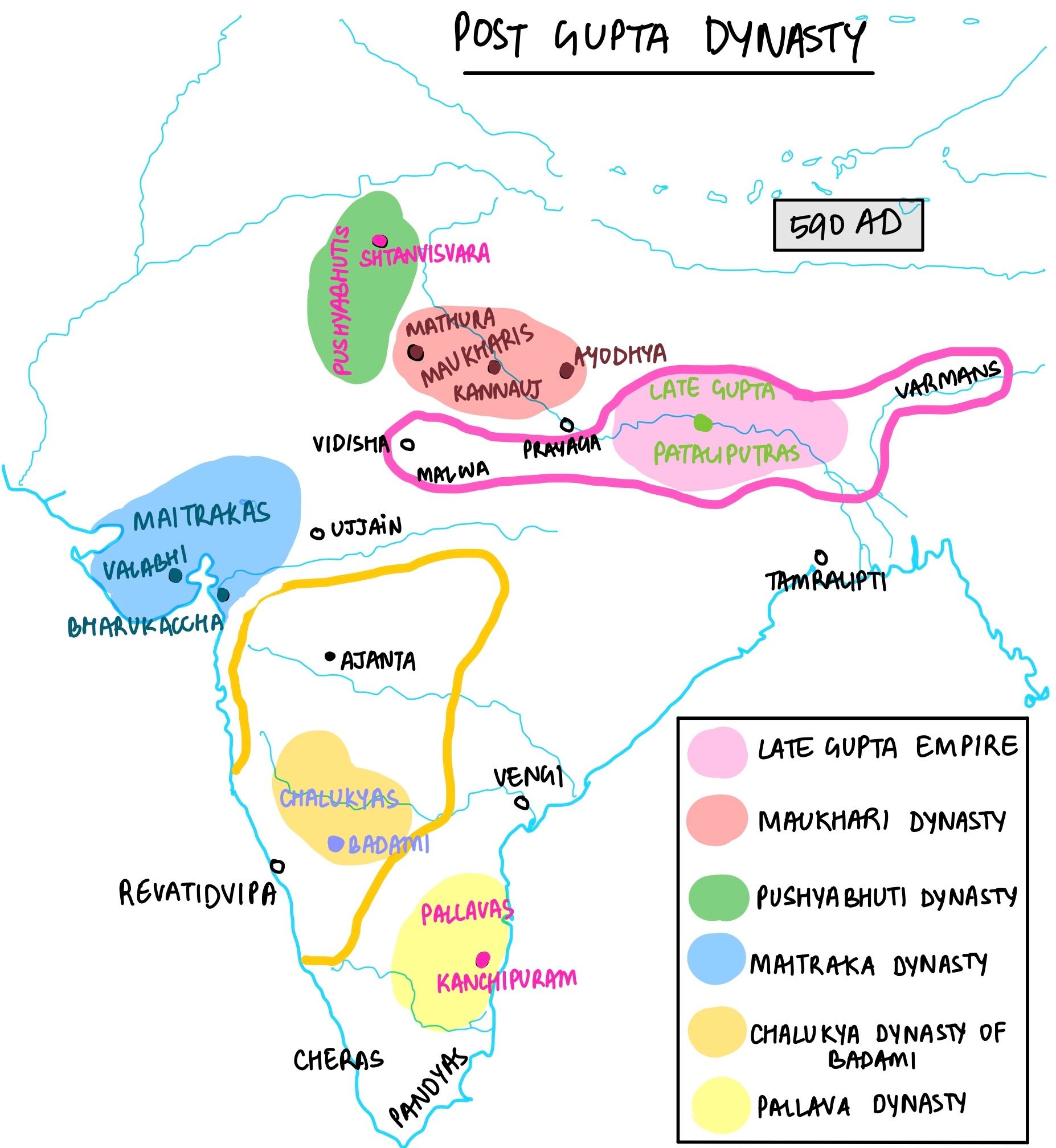UPSC Prelims 2021 Analysis
Subject-Wise MCQ Distribution
- Environment & Ecology (18 questions): Consistently a major component due to its relevance in both the Civil Services Examination (CSE) and the Indian Forest Service (IFoS) prelims. Several questions required maps for identifying key environmental regions.
- Indian Polity (18 questions): A high-weightage subject with several assertion-based and conceptual questions.
- Economy (14 questions): Covered major economic policies, fiscal measures, and budget-related aspects.
- Science & Technology (13 questions): Focused on innovations, emerging technologies, and applications in real-world scenarios.
- History (24 questions total):
- Ancient History: 3 questions
- Medieval History: 4 questions
- Modern History: 7 questions
- Art & Culture: 10 questions, including match the following-based formats.
- Geography (9 questions total):
- Indian Geography: 5 questions
- Physical Geography: 2 questions
- World Geography: 2 questions
- Social Issues & Schemes (2 questions): Covered important government initiatives and their societal impact.
- International Relations (2 questions): Focused on international organizations and global events, underlining the importance of reading newspapers and NCERT basics.

Difficulty Analysis
- Easy (35 questions): Required fundamental NCERT knowledge and factual recall.
- Medium (38 questions): Needed deeper analytical abilities and elimination techniques.
- Hard (27 questions): Demanded conceptual clarity, particularly in assertion-reasoning and interdisciplinary topics.

Variations in Question Framing
- Multi-Statement Based Questions: A large portion of the paper tested analytical abilities by requiring candidates to determine the correctness of multiple statements.
- Direct Questions: Some questions were fact-based, relying on static knowledge from textbooks and previous UPSC question papers.
- Application-Based Questions: Many questions in Economy and Science & Technology assessed real-world applications of concepts.
- Match the Following: Commonly seen in Art & Culture, Geography, and Environment sections.

Static vs Current Affairs Distribution
- Static Content: Dominated the paper with key subjects like History, Polity, Geography, and Economy forming the foundation.
- Current Affairs (22 questions): Focused on recent government policies, budget highlights, and global events influencing India.
Key Learnings for Future Preparation
- Master Static & Current Affairs: A blend of both is necessary, especially for high-weightage subjects like Polity, Economy, and Environment.
- Strengthen Analytical Abilities: Many questions required assertion-reasoning, elimination techniques, and multi-statement evaluation.
- Focus on Budget & Economic Policies: Economy and budget-related topics remain crucial for UPSC preparation.
- Practice Match the Following & Statement-Based MCQs: These were heavily featured in Geography, History, and Environment sections.
- Utilize Maps for Geography & Environment: Many UPSC last year question papers have included map-based questions, making this an essential skill.
Subject-Wise Answer Key
QUESTION 1
Medium
Ancient History
Prelims 2021
From the declines of Guptas until the rise of Harshavardhana in the early seventh century, which of the following kingdoms were holding power in Northern India?
- The Guptas of Magadha
- The Paramaras of Malwa
- The Pushyabhutis of Thanesar
- The Maukharis of Kanauj
- The Yadavas of Devagiri
- The Maitrakas of Valabhi
Select the correct answer using the codes given below.
A. 1, 2 and 5
B. 1, 3, 4 and 6
C. 2, 3 and 4
D. 5 and 6
QUESTION 2
Medium
Ancient History
Prelims 2021
Which one of the following ancient towns is well-known for its elaborate system of water harvesting and management by building a series of dams and channelizing water into connected reservoirs?
A. Dholavira
B. Kalibangan
C. Rakhigarhi
D. Ropar
QUESTION 3
Hard
Ancient History
Prelims 2021
Consider the following pairs:
| Historical Place | Well-known for |
|---|---|
| Burzahom | Rock-cut shrines |
| Chandra-Ketugarh | Terracotta art |
| Ganeshwar | Copper artefacts |
Which of the pairs given above is/are correctly matched?
A. 1 only
B. 1 and 2
C. 3 only
D. 2 and 3

